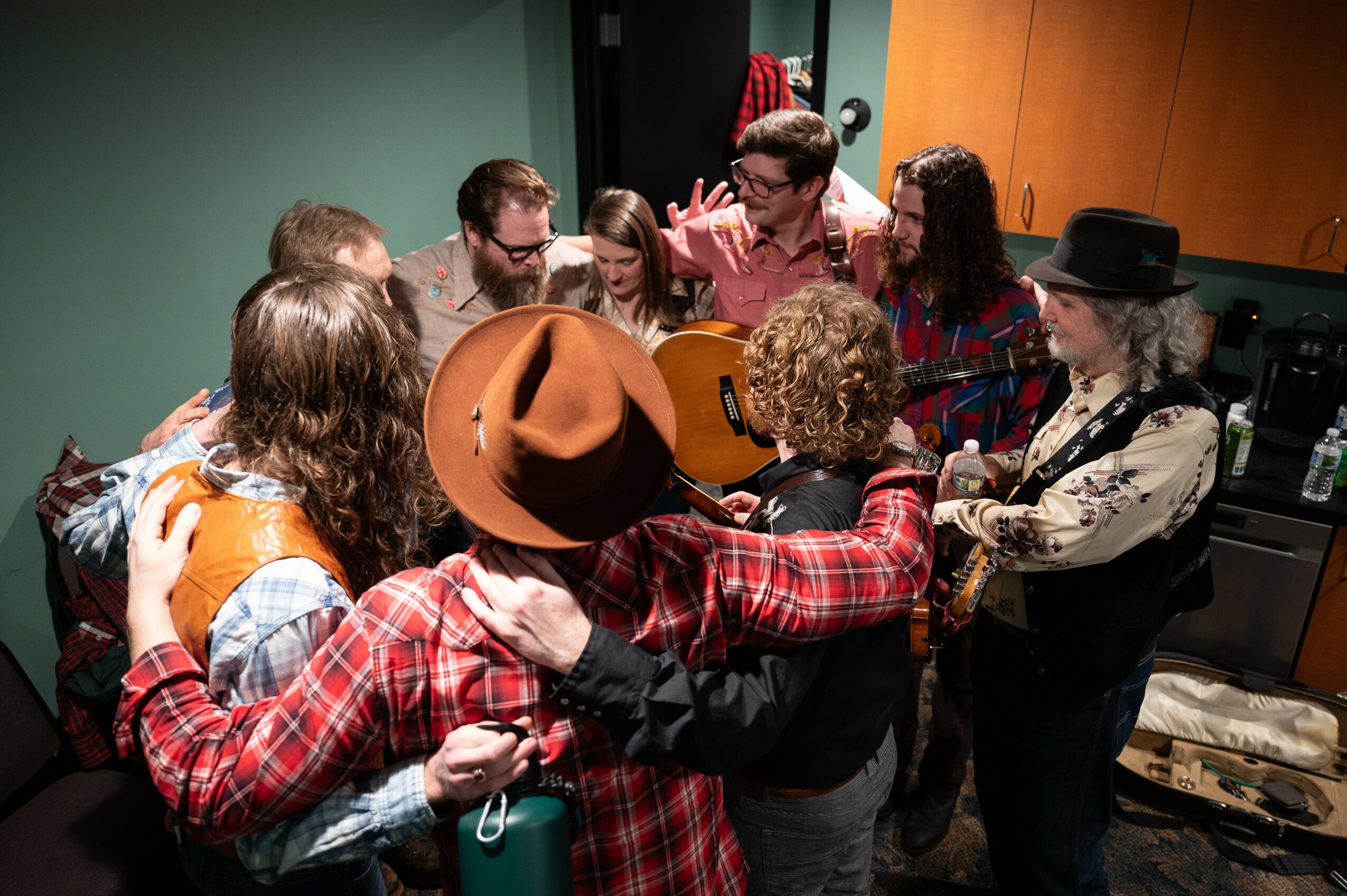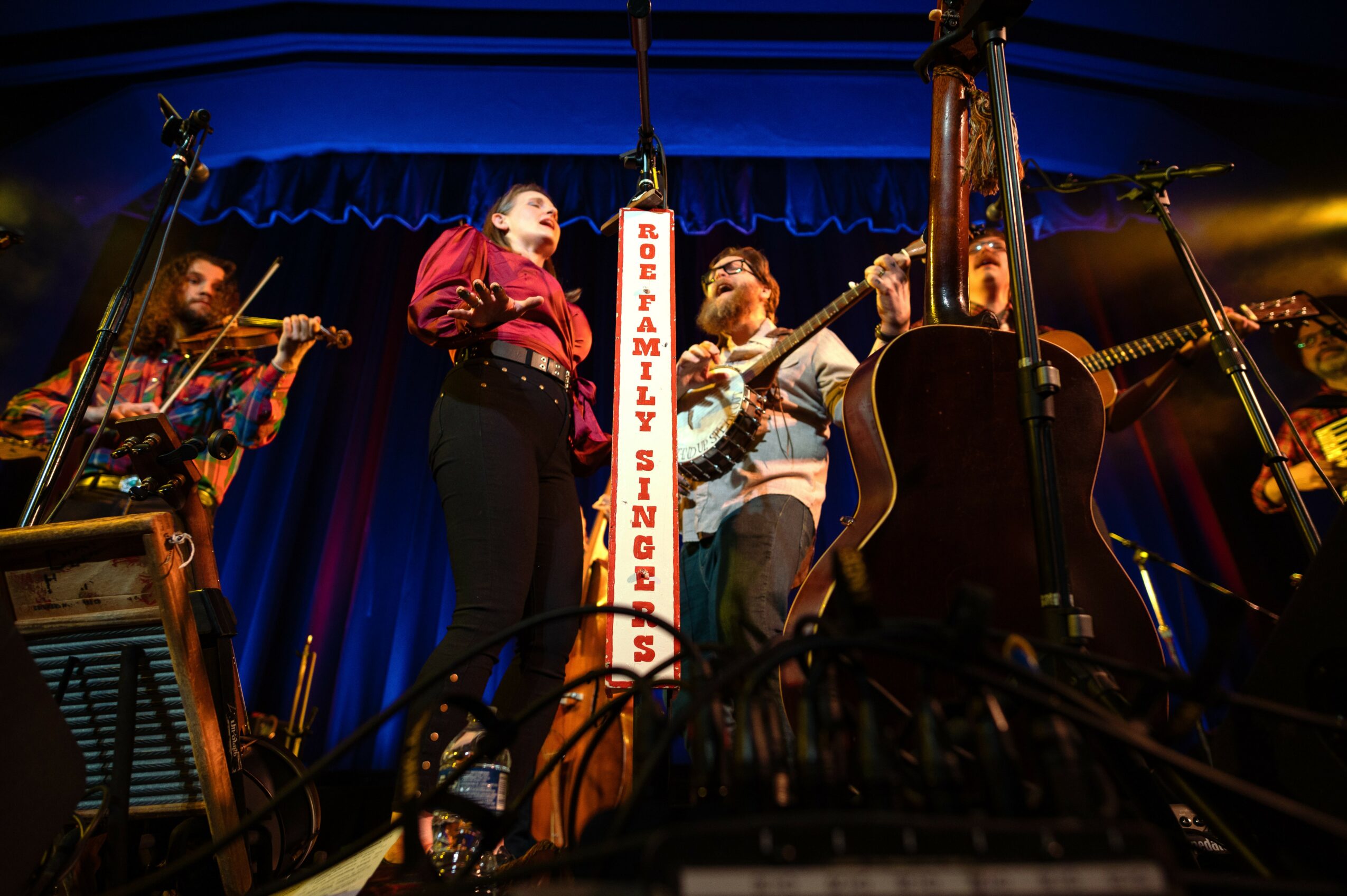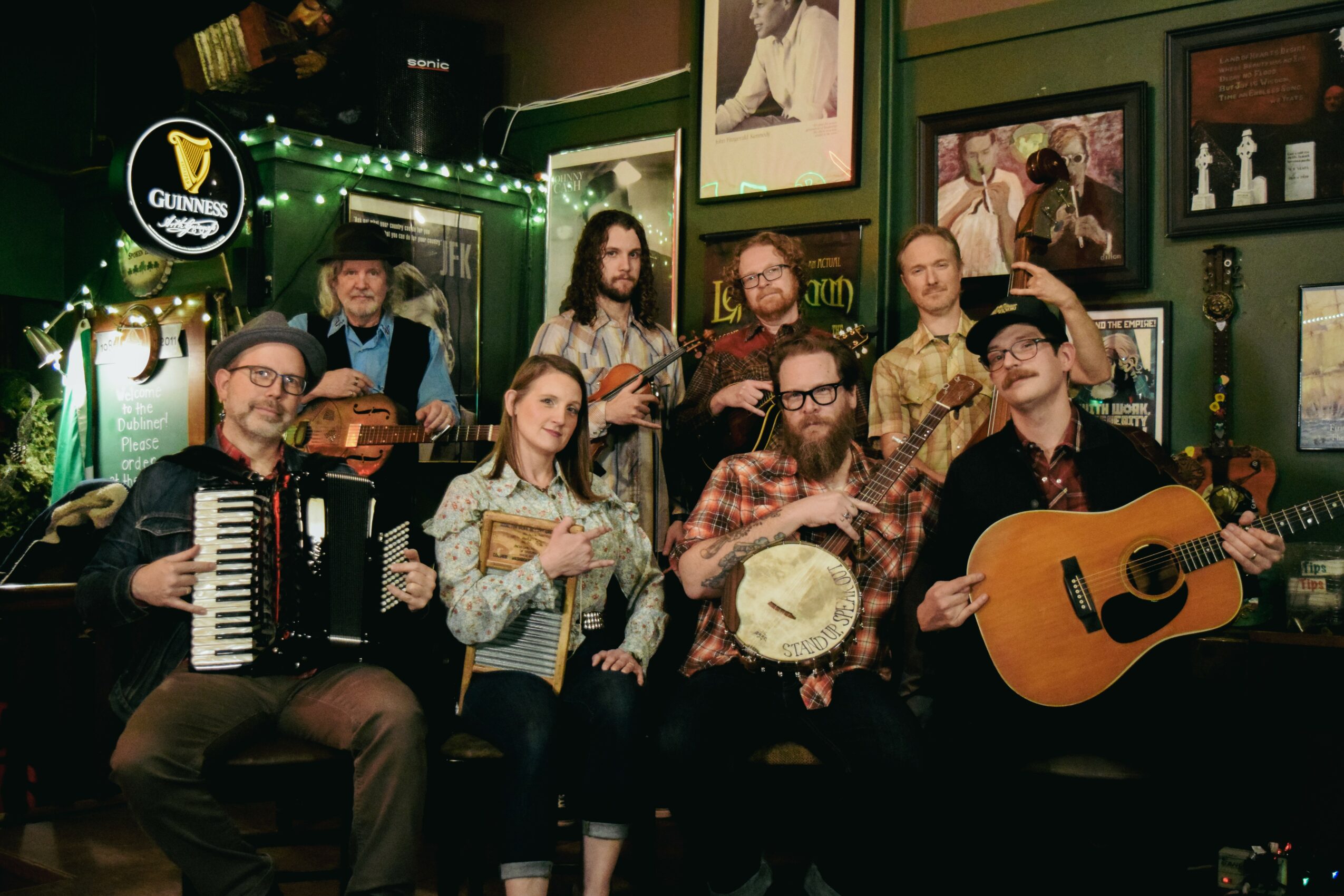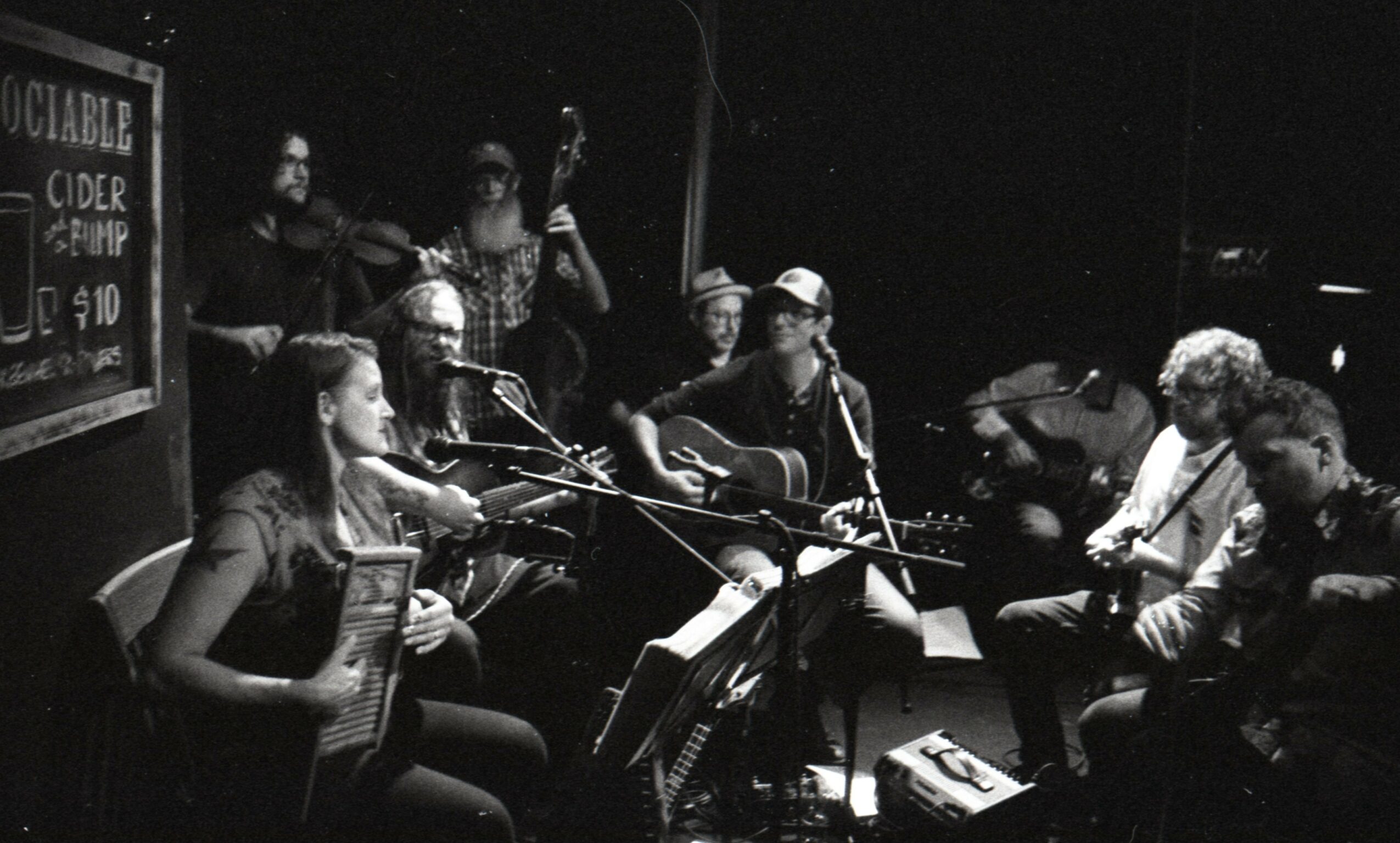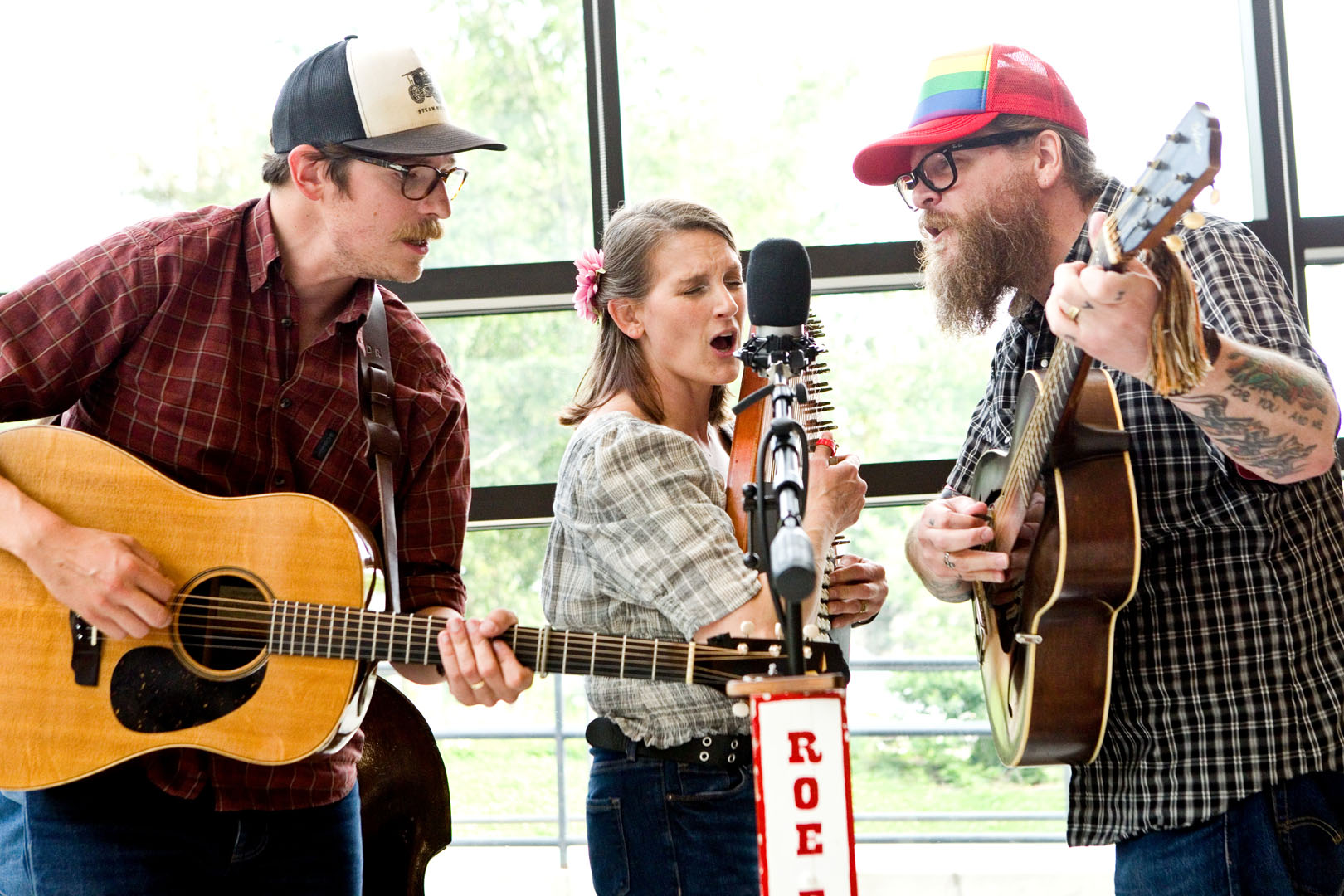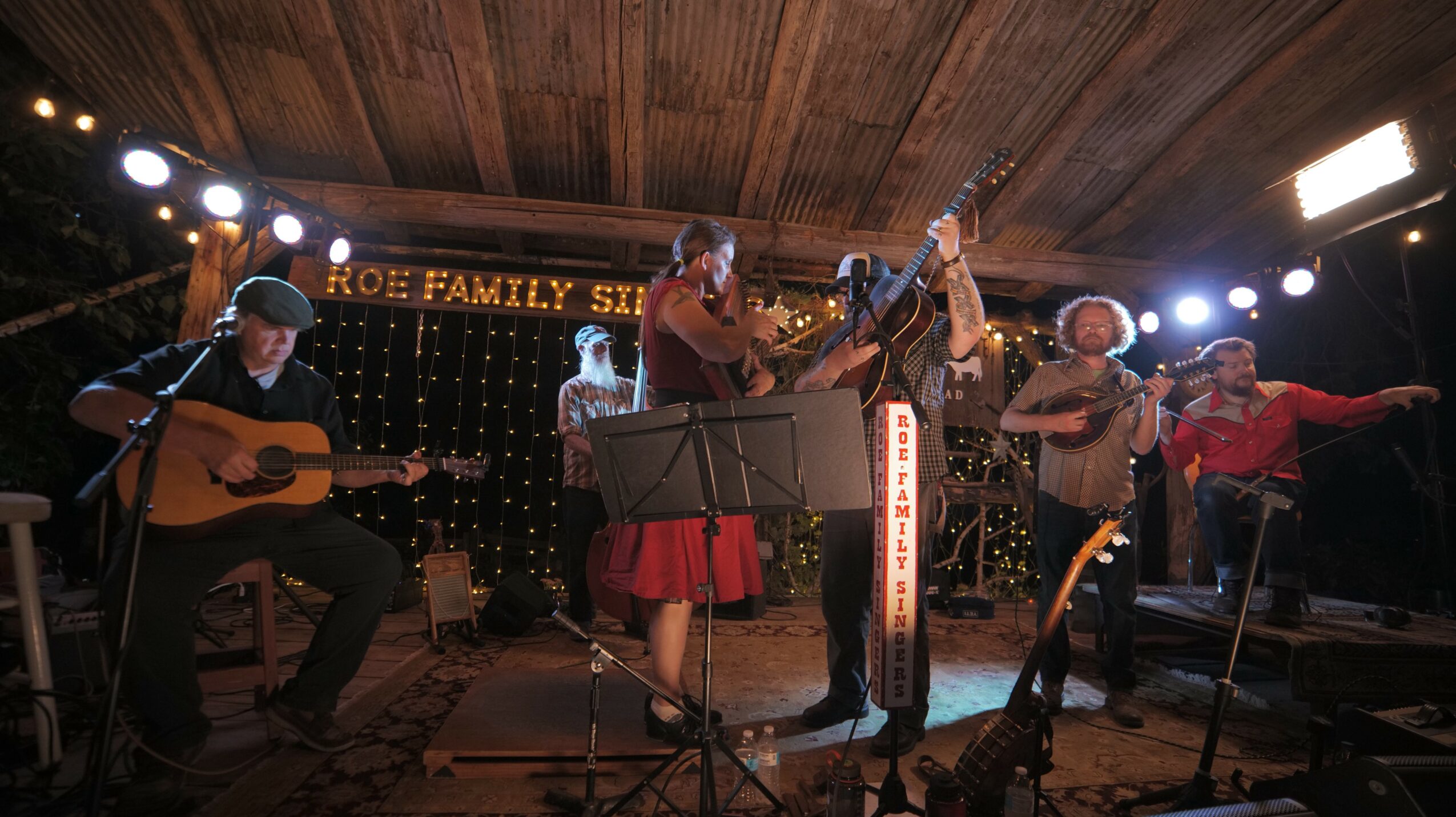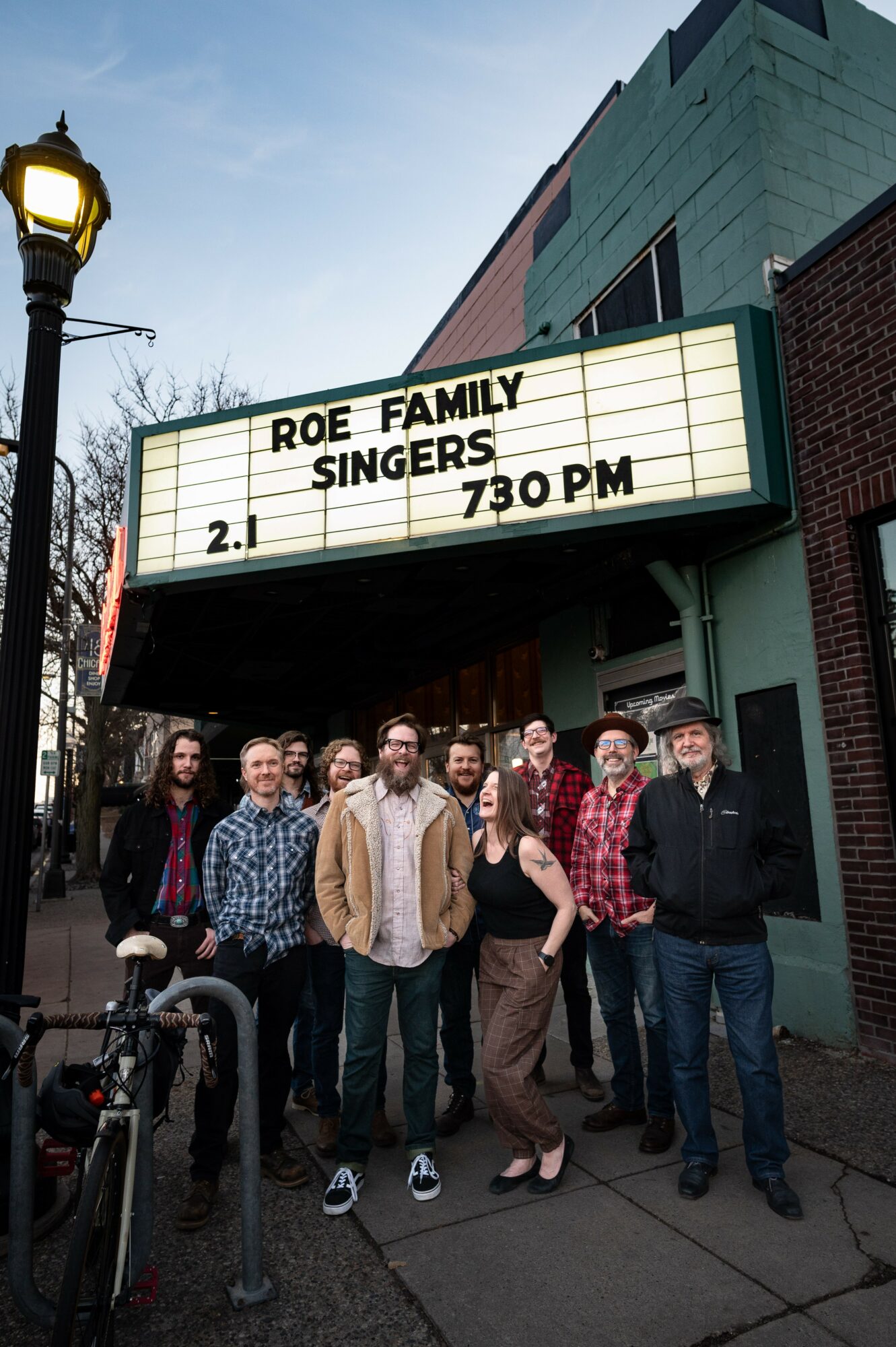

Today we’d like to introduce you to Roe Family Singers.
Hi Roe Family Singers, please kick things off for us with an introduction to yourself and your story.
I (Quillan) met Kim in 2000, and we got married in the Spring of 2003. That year, both Johnny and June Carter Cash died, and the club Lee’s Liquor Lounge was putting together a tribute to them; they invited my old band, Accident Clearinghouse, to be a part of it, but we weren’t playing shows at the time. So Kim and I started the Roe Family Singers so we could be part of the tribute at Lee’s.
In the Spring of 2005 we were invited to play a show at the newly re-opened 331 Club in Nordeast Minneapolis. Kim liked the 331 so much that she approached the owner, Jarret Oulman, about the possibility of the Roe Family Singers doing a weekly residency there, and Jarret agreed. It became apparent pretty quickly, though, that we didn’t know enough songs to fill the evening, so we started inviting other musicians to join us on stage. Over the years, these other musicians became a part of the band permanently.
In 2011 the band won a McKnight Fellowship, which was enough money for Kim and I to quit our day jobs and start playing music full-time. It was financially pretty difficult at the time, but it was also a dream come true, so we kept at it. We took any gig we could get, from Farmers Markets and retirement homes, to libraries and city parks, and the usual band venues of bars and festivals.
Playing all of these gigs was great for both our skills as musicians and our reputation as a hard-working, dependably entertaining band, as well as a band that is actively a part of the community we live in. It’s pretty important to us to BE a part of the community and to help out however we can.
We’re still playing every Monday night at the 331 Club; in fact, we’ll be celebrating our 20th Anniversary there on Monday, July 28.
Can you talk to us a bit about the challenges and lessons you’ve learned along the way. Looking back would you say it’s been easy or smooth in retrospect?
Definitely not. There’s a big difference between being a musician with a day-job and being a full-time musician, where your only source of income is from playing gigs and selling merch. By the time we went full-time, I had been playing in bands for over 20 years, so I thought I knew what it meant to work hard to make money. But I was wrong. I didn’t realize how much our day jobs–and the insurance that came from them–were adding to our income. And we had two kids under three years old at the time! As I mentioned before, in the early days, we were scrambling to get every gig we could find, just to make ends meet.
One of the other things is that there’s no established path for “how to be a successful musician.” Having great songs and playing them well isn’t enough; being social-media-savvy isn’t enough; playing lots of gigs isn’t enough… It’s all trial and error, and hoping that the music that you want to play is also music that an audience wants to hear, because, without an audience–without fans–you’ve got nothing.
Alright, so let’s switch gears a bit and talk business. What should we know about your work?
The Roe Family Singers define ourselves as Face-Melting Hardcore Old Time music. Kim and I are both old punks and metal heads, but the Roe Family exists in the Americana/Bluegrass/Old-Time genres. Over the years we’ve worked to bring the energy and sounds of our punk roots into this roots music.
Community is a big part of the punk and hardcore that I listen to, so the other reason we play all those shows in all those different places is to be a part of the community. Over time, I think that got us a reputation as a family or a kids’ band, and, while we are good at playing for those audiences, I don’t think that’s what we really are. One of my favorite hardcore bands, Fugazi, was known for never charging more than $5 for a show or $10 for a CD, so they were always accessible; shows were always All-Ages, and they did a lot of free, community-based gigs in their home town of Washington D.C. That’s the model that we follow, and that’s what I would like to be known for.
Old-time music is basically what they called Bluegrass before they called it Bluegrass. The biggest difference is how the banjo is played: in Old-time music, the banjo is played in a style called clawhammer, and in Bluegrass it’s played in a Three-Finger-, or Scruggs-style. Clawhammer is all downstrokes; it is very percussive, while still being melodic; whereas Three-Finger- or Scruggs-style banjo is a series of different finger-picking patterns, using three fingers, played really fast. Within the genre, we’re known as an old-time band because that’s how I play the banjo, but, I think, outside of the genre, we just sound like some weirdo bluegrass band: we play traditional instruments, like fiddle, banjo, mandolin, upright bass, but we’re singing about pretty modern subjects. A fair amount of our writing touches on political and social issues, just as the punk and metal we grew up listening to does. There’s not a ton of bands in the Old-time world–and hardly any in the bluegrass field–that do that; it’s pretty frowned upon, because the audience that traditionally listens to Bluegrass is more conservative, while the artists are more progressive, so they both agree to keep it to themselves.
Do you any memories from childhood that you can share with us?
Kim says, “Sitting at my Dad’s feet while he played guitar and singing along. And dancing on my Dad’s feet my whole life; I actually did that at our wedding!”
Quillan says, “Just being a nerd in the 80s, listening to music, going to movies and being inspired, watching cartoons, playing Dungeons & Dragons, riding bikes with my friends.”
Contact Info:
- Website: https://www.roefamilysingers.com
- Instagram: https://www.instagram.com/roefamilysingers
- Facebook: https://www.facebook.com/roefamilysingers
- Youtube: https://www.youtube.com/roefamilysingers
